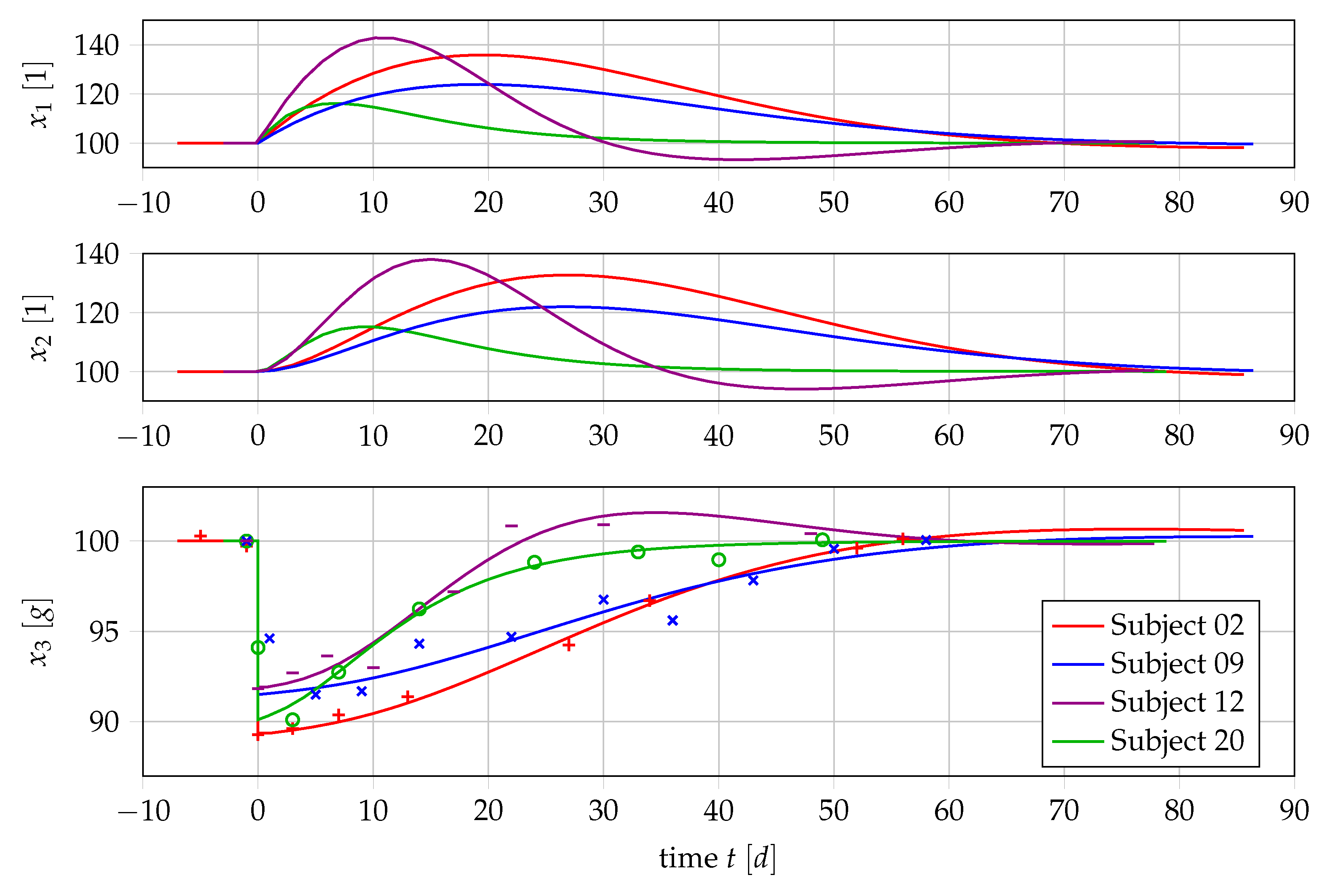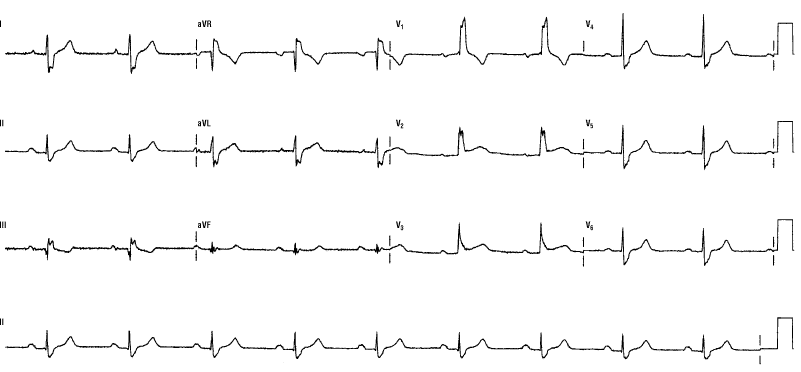

The F50 in the R group trended higher than the NR group at baseline. However, lead V3 exhibited significant differences between the two IVCD groups at baseline and post-CRT (Figure).

Results: No differences were appreciated in leads I or AVF. F50 values were compared between the R and NR groups, before and after implantation (nonparametric Mann-Whitney test). F50 values were then computed from the standard ECG for leads I, AVF and V3. CRT response was defined as a reduction in the LV end systolic volume by 10% after at least 6 months of CRT pacing. In order identify a unique value to characterize the frequency content, we derived the median frequency (F50), where 1/2 the total frequency power of the QRS lies on either side of that value. We utilized a custom made computer algorithm for QRS isolation and Fourier analysis. Methods: We examined the QRS frequency content of 30 CRT responder patients (R) and 37 nonresponders (NR) with baseline IVCD before and after CRT. We hypothesized that IVCD patients undergoing CRT would exhibit similar changes in the frequency spectrum. We have previously identified QRS signal properties distinguishing left bundle branch block (LBBB) patients responders to CRT (ie upward shift in QRS frequency content), from nonresponders (no change). However, this constitutes a significant portion of CRT candidates. Customer Service and Ordering InformationĬardiac resynchronization therapy (CRT) is controversial in patients with nonspecific intraventricular conduction defect (IVCD) due to high non-response rates.Stroke: Vascular and Interventional Neurology.Journal of the American Heart Association (JAHA).Circ: Cardiovascular Quality & Outcomes.Arteriosclerosis, Thrombosis, and Vascular Biology (ATVB).


 0 kommentar(er)
0 kommentar(er)
